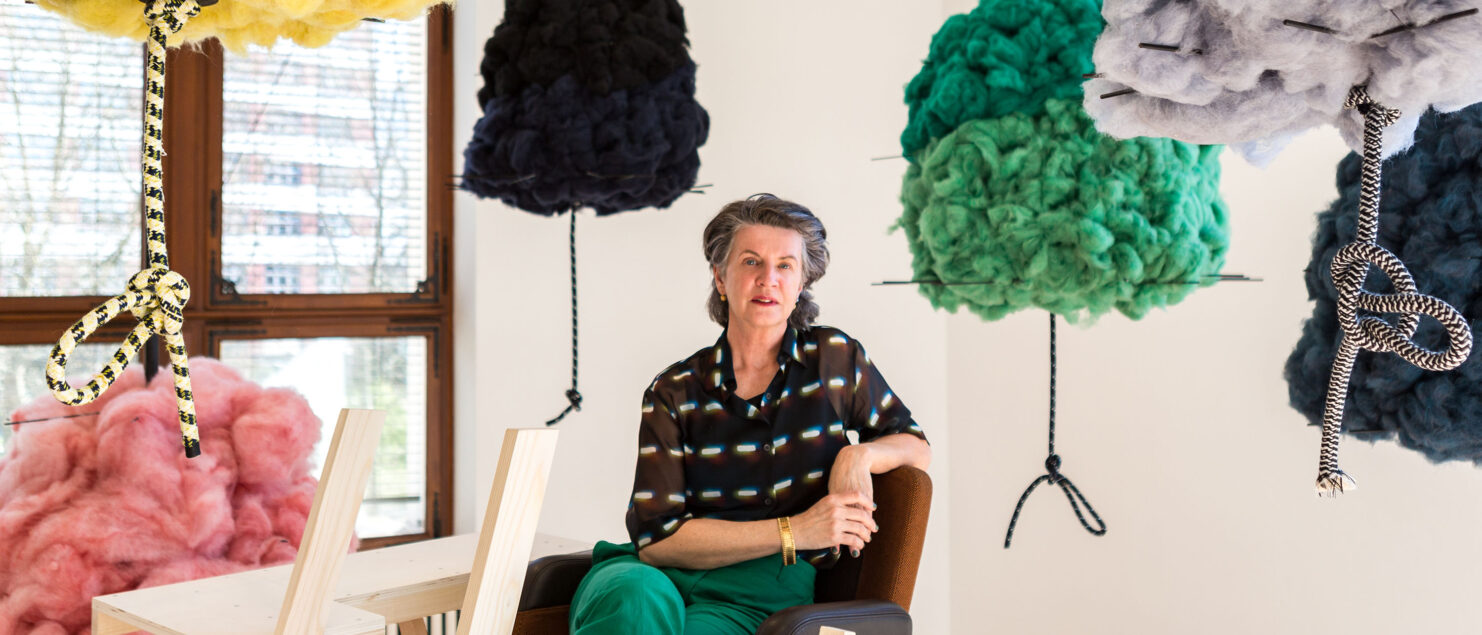Interview with Hella Jongerius: creating to find meaning
Sustainable innovation, craftsmanship, responsible manufacturing, and the relationship with nature and objects have been, for three decades, the topics that industrial designer Hella Jongerius from her studio located in Berlin. Her works question us from the exploration of color, materials and textures, in an attempt to reconnect with the other, with the objects that surround us and with the physical world we inhabit.
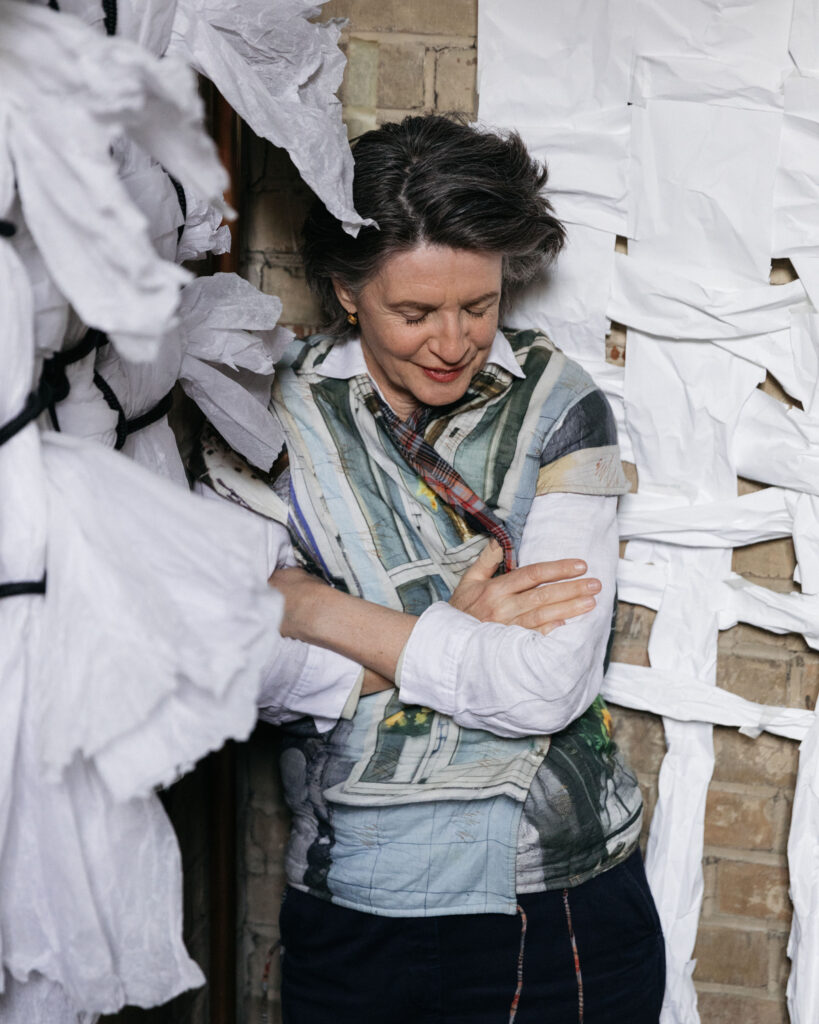
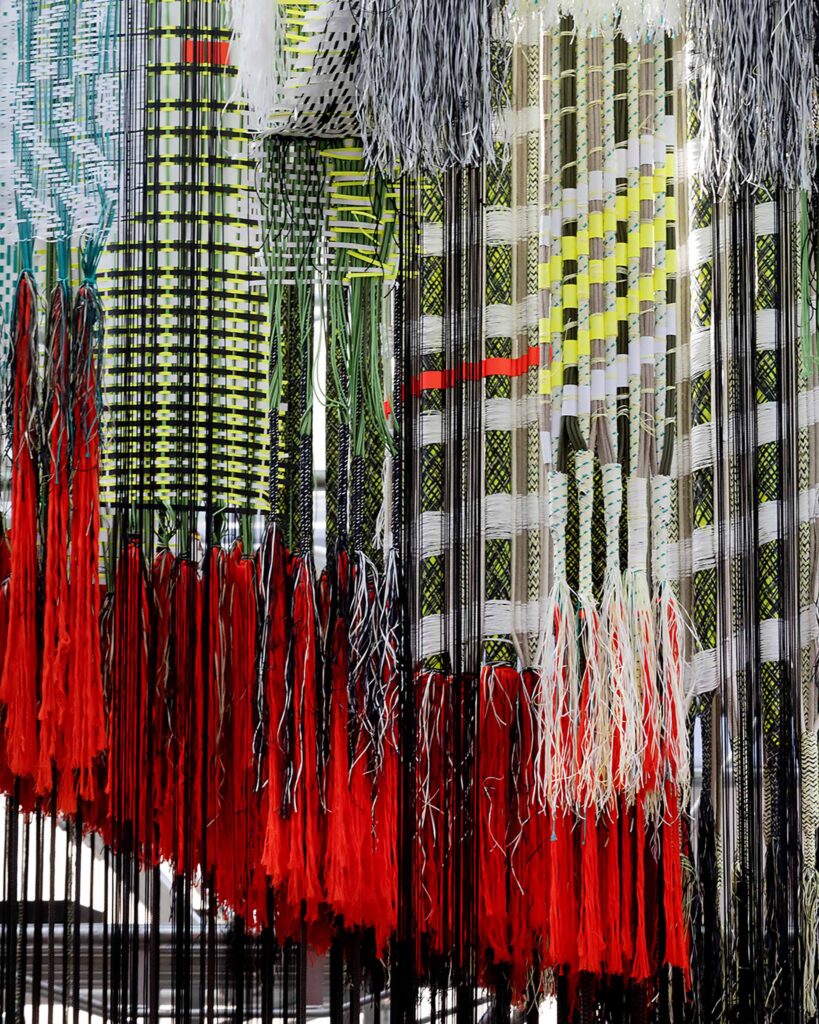
“Color is a communication tool, a way to attract attention.”
What possibilities has color offered you as a designer?
In recent years, my exhibitions have sought to reflect my research on certain themes. Color is a communication tool, a way of attracting attention, and I find it interesting to propose that dialogue through beauty or aesthetics. By catching our attention, it makes us look a little more at that product or that object. For example, what happens in a museum is that there is nothing for sale, nobody goes shopping in a museum. Communication there is established through beauty, through aesthetics. If something seems very beautiful, very ugly, very expressive or if it seems extreme in its color, you have another opening to that experience.
In recent years, our company focused on making more professional use of color. We developed our own systems to offer consumers and designers a more comprehensive and organized way to understand color.
Here it is important to create your own calligraphy, your own signature for color, which then needs to be given a structure. The cultural aspect must also be taken into account. Every place has its own color culture, every people remember colors differently and, in every place, colors react in a different way.
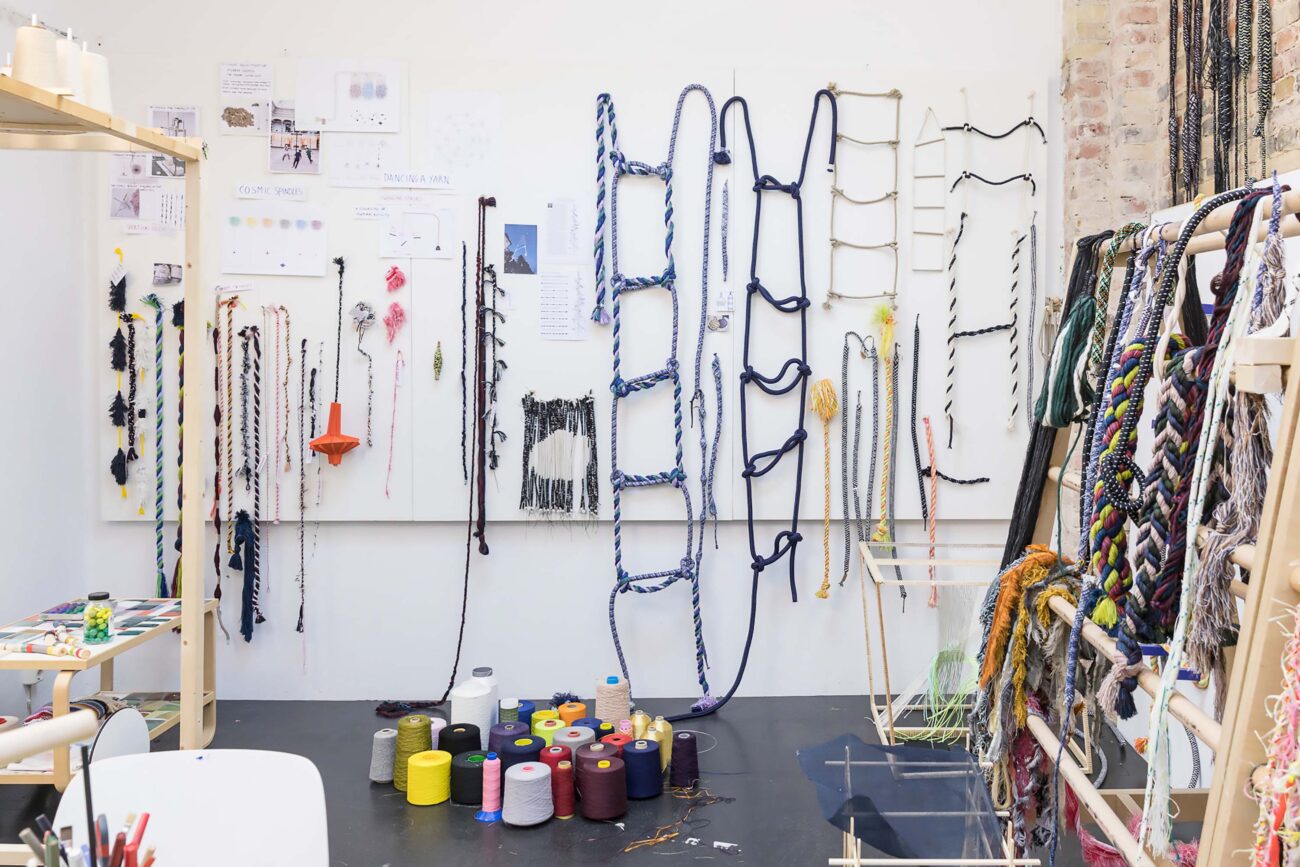
“Every place has its own color culture, every people remember colors differently.”
How does the materiality of the loom nourish your work, the possibility of making prototypes, of putting your own hands into action, as happened in the project with KLM?
There are many hands and minds at work in the studio. Our hands are intelligent and, through trial and error, they allow us to find solutions that we would never find with our minds alone. There, of course, reason always comes first. That’s why, when I work on a certain product, I always try to find a normal solution and a hysterical solution. In the second case, you don’t think so much: you throw yourself into it and lose yourself a little bit, and that’s where the fun comes in, the unexpected. It is a method that gives you oxygen. Then, of course, comes the time of the mind, of the archives we have around us, the culture in which we live, the trades we know, the art that is produced, politics, everything that happens now and questions us. This point is very important: whatever you do, it must dialogue with what is happening now, and so it will add to this great wave in which we all float.
What do you think textile companies should focus on today?
I think it is key that, when designing, they do not lose sight of the importance of recycling what is produced, that people can take the items they bought back to them, that there is a second cycle. This is today a new stage in design and companies should also apply this approach when thinking about materials and how to have a responsible look after the sale. It seems to me to be an important shift even in terms of ownership because in this scheme the company would still own the product.
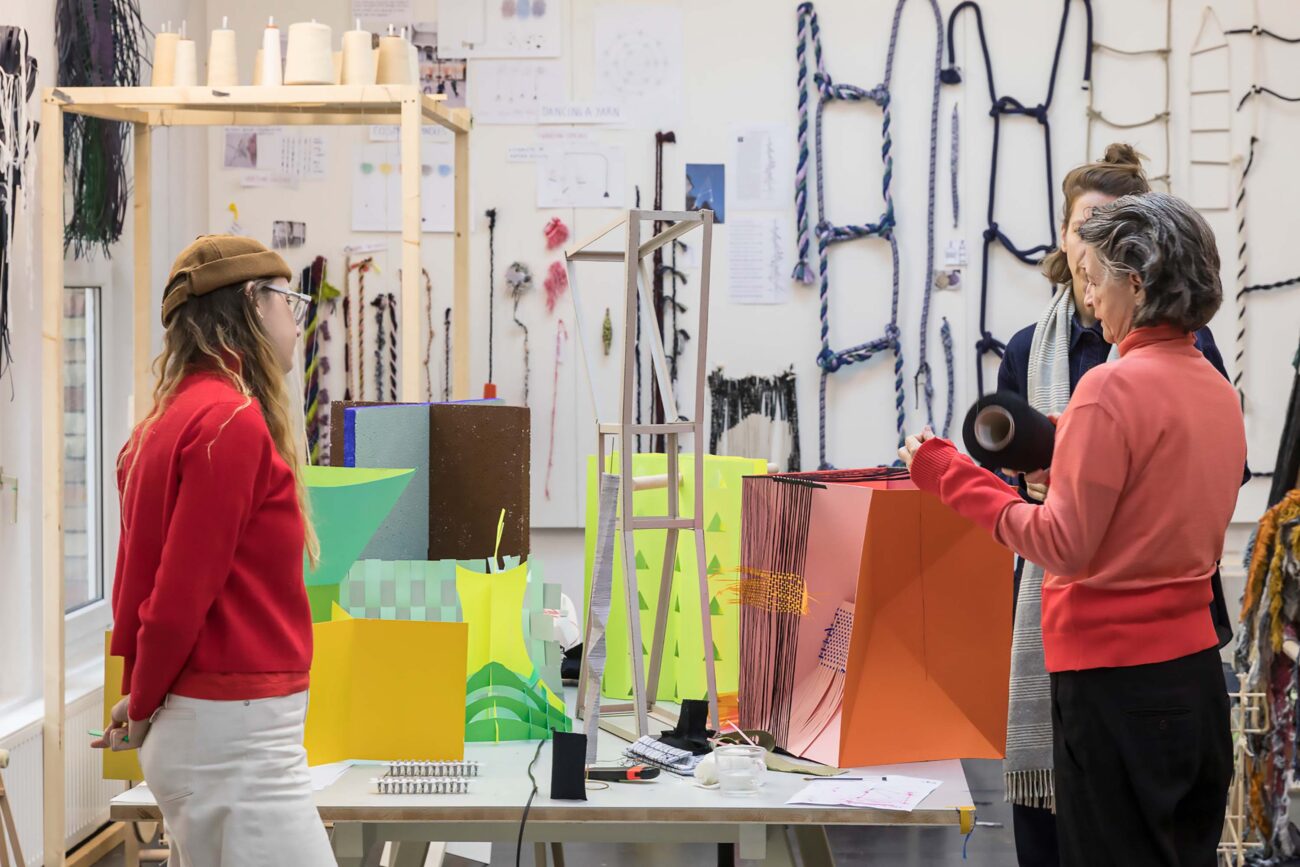
“Young designers know very well that we can’t afford to ruin the planet, and that the first step in that direction is in the materials we use.” Photo credit: Laurian Ghinitoiu. Courtesy: Jongeriuslab.
Considering that the new generations are so immersed in the digital world and the great challenge that implies that they go back to the roots of craftsmanship, do you find that new designers are challenged by the idea of being more aware of the process?
We all live in the digital world; it is not exclusive to the younger generations. It’s a flat dimension, without materiality, without texture or the possibility of touch. But, as we go back to our daily lives, in the physical world, we need that real surface, we need those concrete materials to be of high quality, of good workmanship, of good quality for the earth, and to be created holistically. It is something of vital importance, and I do believe that the new generations are aware of this need. Young designers know very well that we cannot afford to ruin the planet, and that the first step in that direction is in the materials we use.
What books or authors would you like to recommend to younger designers?
What I read the most is theory, philosophy, etc. I really like, for example, thoughts like those of Timothy Ingold and Donna J. Haraway. They are concerned with new materials, with new ways in which we can see the world. It’s a new materialism that interests me a lot.
Hella Jongerius is an artist and industrial designer born in the Netherlands. She studied at the Academy of Industrial Design in Eindhoven until graduating in 1993, when she founded her studio, Jongeriuslab. Her work seeks to unite craftsmanship with industrial production through the celebration of imperfections, sensitivity and character. His clients include Vitra, Maharam, the UN and the airline KLM.
Cover photo: Laura Fiorio. Courtesy: Jongeriuslab.
